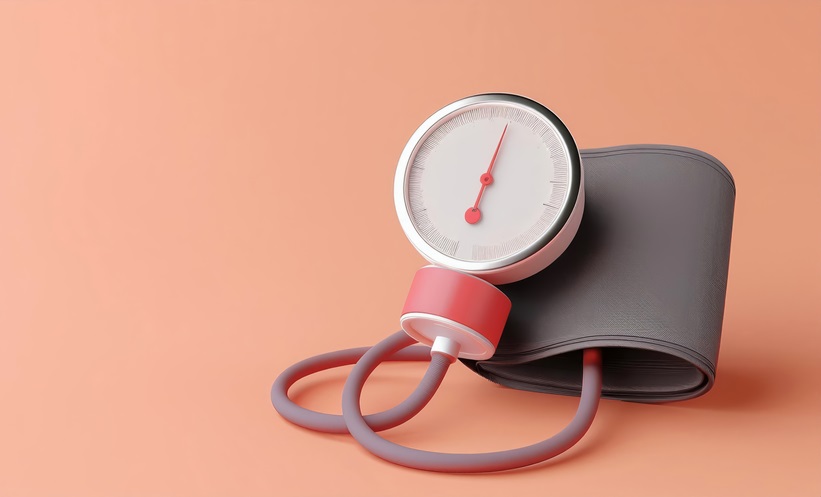MORTALITY and functional decline risks following transcatheter aortic valve replacement (TAVR) are lower in active patients. Researchers at St Paul’s Hospital, Vancouver, Canada, have studied a group of patients in the FRAILTY-AVR study and their findings suggest that the TAVR procedure alone is not enough to guarantee functional recovery for the patient; an active lifestyle is also key.
The study involved data from 755 patients, with a median age of 84 years, who were undergoing TAVR. Dr Janarthanan Sathananthan, Centre for Heart Valve Innovation, St. Paul’s Hospital, Vancouver, and colleagues, discussed the participants: “In older, high-risk patients referred for TAVR, very low levels of [habitual physical activity] are often observed and attributed to the expected manifestation of severe aortic stenosis.”
Kcal was measured in patients at baseline of the study and again at the follow-up. All-cause mortality at 12-months was the primary endpoint of the study. At the start of the study, median habitual physical activity was measured at 1,116 kcal per week with 73% of patients completing <150 minutes of moderate or vigorous habitual physical activity per week. At the follow-up of 12 months, survivors had a median habitual physical activity of 933 kcal per week.
The results showed an association between habitual physical activity and mortality at 12 months. There was a correspondence between more physical activity and better rates of survival (odds ratio: 0.84 per 100 kcal; 95% confidence interval: 0.73–98), highlighting the lower risk of mortality. Dr Sathananthan discussed the need for further investigation into these results: “Whether this decline can be ameliorated by exercise therapy is actively being investigated.”
The researchers also found associations between sedentary adults and longer hospital stays, discharge to health care facilities, and disability. Patients categorised as sedentary were more likely to be cognitively impaired, depressed, older, female, frail, and have multimorbidity than those who were active. The researchers concluded: “The current study suggests that performing a technically successful TAVR procedure in and of itself is not sufficient to ensure the patient’s functional recovery in the months following the procedure.”







